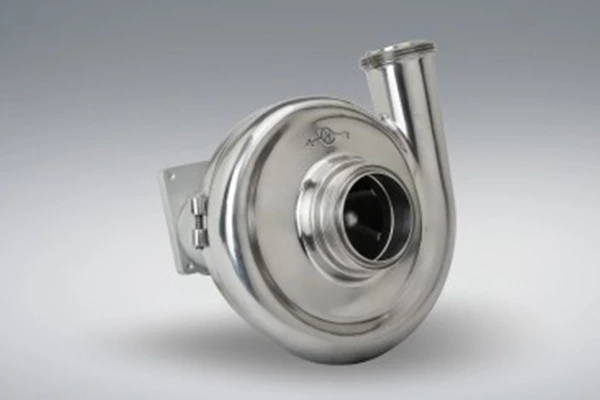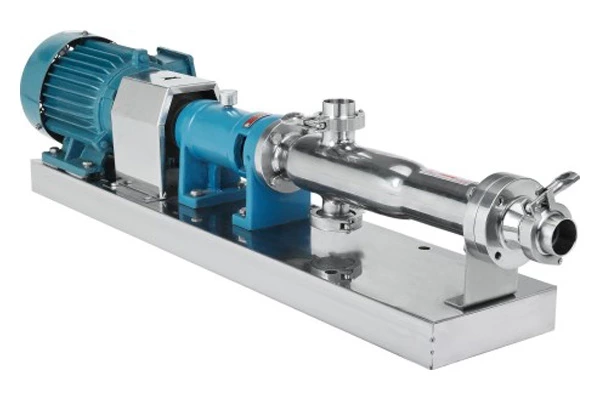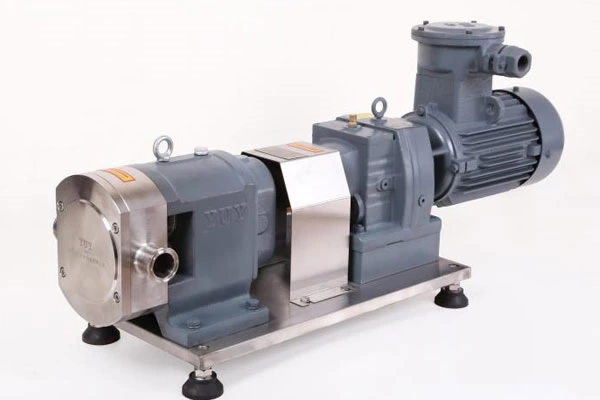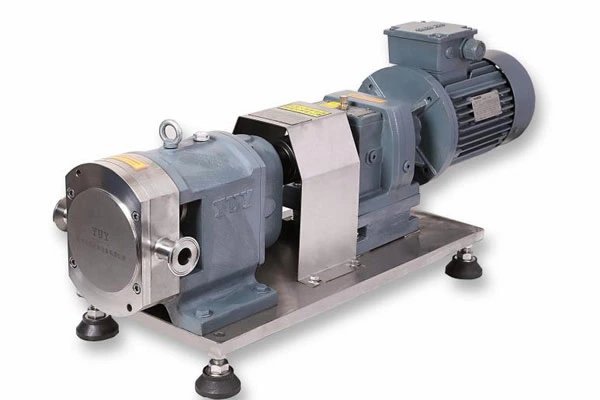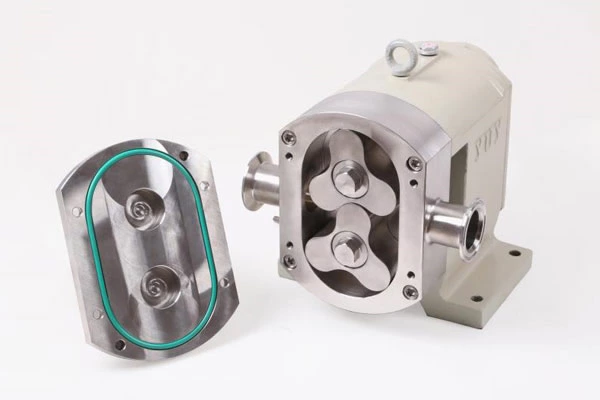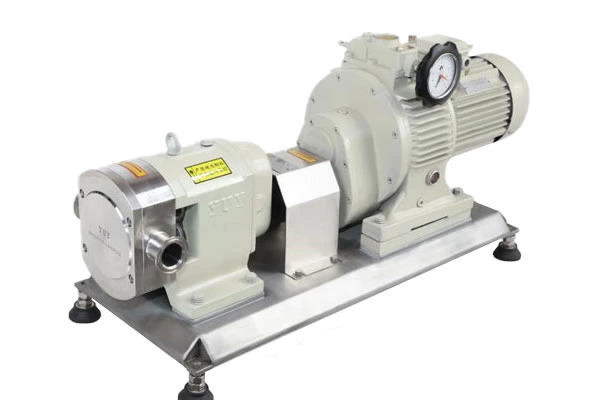Unveiling The Secrets Of Artificial Heart Implantation: Installing A Mechanical Pump In The Left Ventricle
When 47-year-old Mr. Zhang walked out of Beijing Anzhen Hospital, he had an artificial heart in his body. This small gadget, weighing 186 grams and the size of a pocket watch, will help his extremely weak left ventricle continue to pump blood throughout the body. Before that, he couldn't even pick up a cotton swab that fell on the ground.
There are nearly 8.9 million heart failure patients in China, of which 5%-7% progress to end-stage heart disease, and the shortage of heart donors is a common problem faced by the world. In Europe and the United States, permanent cardiac assist device implantation has become the main treatment for end-stage heart disease; in my country, more than 100 such operations have been carried out for clinical trials.
Sanitary Volute Pump discharged from hospital
On July 11, Mr. Zhang, who had an artificial heart installed, left Beijing Anzhen Hospital carrying a black shoulder bag.
A month ago, Mr. Zhang came to Beijing from Inner Mongolia to seek treatment. Due to dilated cardiomyopathy, Mr. Zhang suffered from severe mitral and tricuspid regurgitation, atrial fibrillation, severe damage to heart function, severe enlargement of the heart, less than 1/3 of normal people's ejection capacity, and heart failure symptoms. Because the left ventricle could hardly stimulate blood, the blood clots formed in the body once caused renal infarction.
Due to the severity of his condition, he had no strength to pick up a cotton swab even if it fell on the ground, and therefore wanted to commit suicide many times. After admission, Mr. Zhang temporarily stabilized his condition after treatment in the emergency EICU and the Department of Internal Medicine of the Heart Failure Center, but the remaining heart function could not meet daily activities. And because his condition worsened, Mr. Zhang needed to continue to use cardiotonic drugs to maintain blood pressure and could not continue to wait for a heart donor. Professor Zhang Hongjia, the dean of Anzhen Hospital, organized a multidisciplinary joint consultation and decided to implant an artificial heart for him.
On June 10, after a 6-hour operation, an artificial heart weighing 186 grams and the size of a pocket watch was implanted in Mr. Zhang's chest and began to work with his "original" heart. The postoperative indicators were all normal, and Mr. Zhang was successfully removed from the ventilator the next day.
After the operation, a cable stretched out of Mr. Zhang's abdomen, one end of which was connected to the artificial heart and the other end was connected to the external controller, which was placed in a black shoulder bag. In the next month, he learned how to store, use and replace the battery of the artificial heart external controller. Every morning and afternoon, he would carry a black shoulder bag for slow walking exercises. In his spare time, he also began to plan his future work and life.
According to experts, artificial heart technology has entered the third generation, with a smaller size and higher safety. However, the limitations of high treatment costs, exposed cables, and high postoperative maintenance requirements also need to be further solved.
